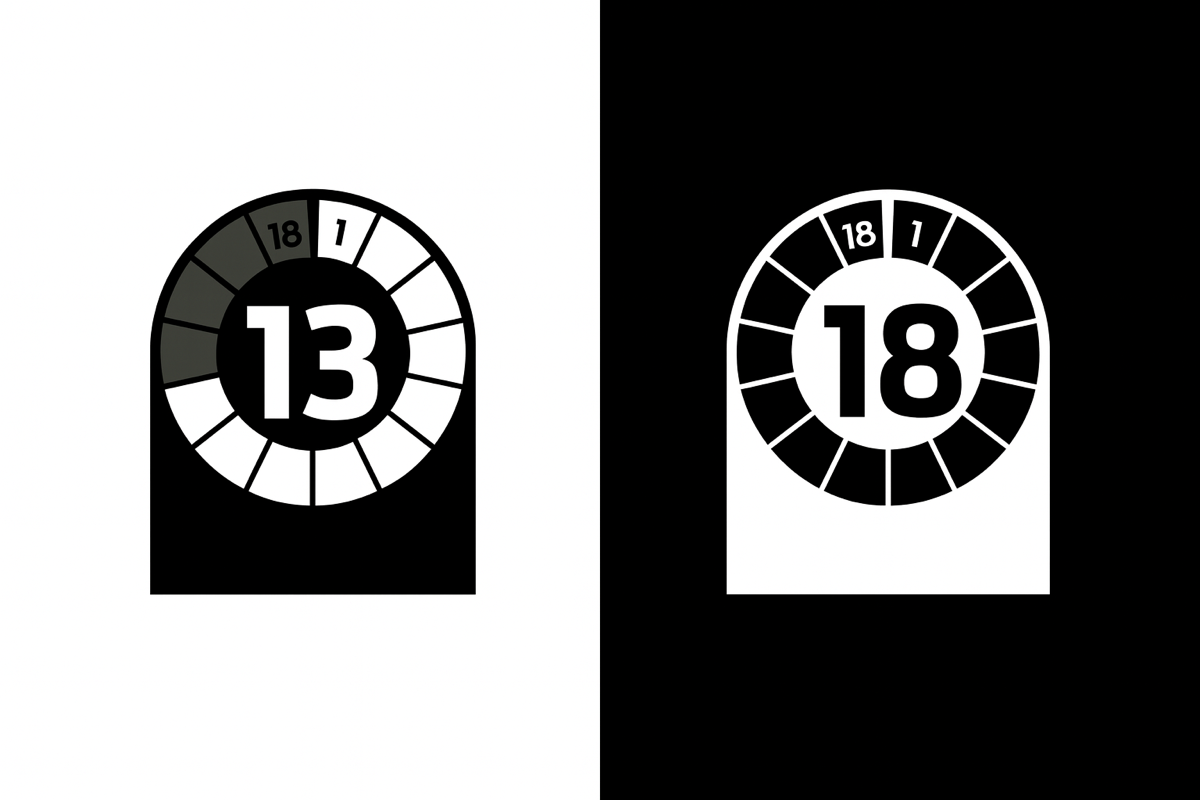
Adolescent Preventing Harm & Protecting Patients Policies
Consent & Capacity Policy | Gillick Competence | Haus of Ästhetik
Consent & Capacity Policy (Including Gillick Competence Assessment)
Haus of Ästhetik Ltd
Category: Safe (Preventing Harm & Protecting Patients)
Effective Date: 28 September 2025
Review Date: 28 September 2026
Approved by: Managing Director, Governance & Assurance Officer, and Designated Safeguarding Lead
Responsible Person for Policy: Michelle Caudren (DSL)
Version: 2.0
Previous Versions: 1.0 - 1st April 2025
1. Purpose
This policy outlines how Haus of Ästhetik obtains and documents valid consent, assesses capacity, and applies the Gillick competence principle for individuals under 16 years of age. It ensures:
-
Compliance with the Mental Capacity Act 2005, Children Acts 1989 & 2004, and Family Law Reform Act 1969.
-
Compliance with CQC Regulation 11 (Need for Consent) and Regulation 13 (Safeguarding).
-
Alignment with NICE NG108: Decision Making and Consent, Save Face Standards, and GMC/NMC codes.
-
Integration of consent with safeguarding, GP record requirements, and medicines governance.
2. Scope
Applies to:
-
All clinical staff delivering treatment.
-
All patients aged 13+.
-
Parents/legal guardians (where required).
-
Contractors, agency staff, or delegated professionals involved in care.
3. Legal & Regulatory Framework
-
Mental Capacity Act 2005 – presumption of capacity for adults 16+.
-
Family Law Reform Act 1969 – 16–and 17–year–olds can consent as adults.
-
Gillick v West Norfolk & Wisbech AHA (1986) – Under-16s can consent if they are sufficiently mature and informed.
-
Children Act 1989 & 2004 – best interests decisions apply when children lack capacity.
-
CQC Regulation 11 – valid consent must be obtained before treatment.
-
CQC Regulation 13 – safeguarding requirements apply if coercion, exploitation, or abuse is suspected.
4. Definitions
-
Consent: Voluntary, informed, specific decision by a competent individual.
-
Capacity: Ability to understand, retain, weigh information, and communicate a decision.
-
Gillick competence: Test of whether a child under 16 has the maturity to make an informed decision independently.
5. Age-Based Consent Guidance
18+
-
Full adult consent applies.
16–17 years
-
Presumed to have capacity.
-
May consent independently.
-
Safeguarding checks are in place; the DSL will be involved if concerns arise.
13–15 years
-
Must undergo Gillick competence assessment.
-
If competent, can consent independently.
-
If not competent, parental/legal guardian consent is required.
-
The parent or guardian must attend the first consultation.
Under 13
-
Not eligible for treatment at Haus of Ästhetik under any circumstances.
6. Gillick Competence Assessment Protocol
Clinicians must assess whether the young person:
-
Understands the treatment, risks, benefits, and alternatives.
-
Can retain and weigh the information to make a decision.
-
Can communicate their decision clearly.
-
Is acting voluntarily without coercion.
Documentation:
-
Complete the structured Gillick Competence Form.
-
Countersign by DSL or senior clinician if decision is borderline.
-
Retain in patient record.
7. GP Records & Information Sharing
For prescribed medicines (e.g. GLP-1 weight management):
-
Consent is valid only when GP medical records are obtained and sharing with the GP is agreed.
-
If GP record sharing is refused → treatment must not proceed.
-
Refusal must be documented and reviewed by the DSL for safeguarding concerns.
8. Parental Consent Guidance
-
Required if Gillick competence is not established.
-
Accepted only from those with legal parental responsibility.
-
If parents disagree, treatment is paused until a resolution is reached or safeguarding input is obtained.
-
A safeguarding referral is made if parental pressure conflicts with the young person’s welfare.
9. Safeguarding Integration
Treatment must be delayed and DSL notified if:
-
Coercion, grooming, or exploitation is suspected.
-
Consent appears to be influenced by parental/partner pressure.
-
The patient lacks maturity or capacity.
Process:
-
Complete the safeguarding concern form.
-
DSL reviews and records decisions in the safeguarding register.
-
External escalation (Children’s Services, LADO, CQC) if thresholds met.
10. Communication & Patient Information
-
Provide age-appropriate literature and visual aids.
-
Use plain language, avoid jargon.
-
Confirm understanding with open questions.
-
Allow a cooling-off period before consent is finalised.
11. Documentation & Record-Keeping
-
All consent is recorded in the Insync Consent portal (ID verification + webcam confirmation).
-
Gillick/Fraser assessments are stored securely.
-
Consent is renewed for each treatment course or when health status changes.
-
Refusals and withdrawals documented.
-
Records retained for 7 years.
12. Staff Training & Monitoring
-
Clinical staff: annual Consent & Capacity training (incl. Gillick competence).
-
Non-clinical staff: awareness training to identify safeguarding issues.
-
DSL maintains training matrix.
-
Governance & Assurance Officer audits consent records quarterly.
-
Corrective actions documented and tracked to closure.
13. Oversight & Governance
-
Policy owner: DSL (Michelle Caudren).
-
Approvers: Managing Director, Governance & Assurance Officer, DSL.
-
Integrated with Safeguarding Policy and Under-18 Treatment Policy.
-
Findings discussed in quarterly governance meetings.
14. Review
-
Reviewed annually or earlier if regulations/guidance change.
-
DSL is responsible for initiating the review.
15. Conclusion
This policy ensures that consent at Haus of Ästhetik is lawful, ethical, and compliant with safeguarding requirements. No treatment proceeds without valid consent, and all decisions involving individuals under 18 are subject to Gillick assessment, parental involvement, and DSL oversight where required. By linking consent with safeguarding and GP record requirements, Haus of Ästhetik fully complies with CQC Regulations 11 and 13.
